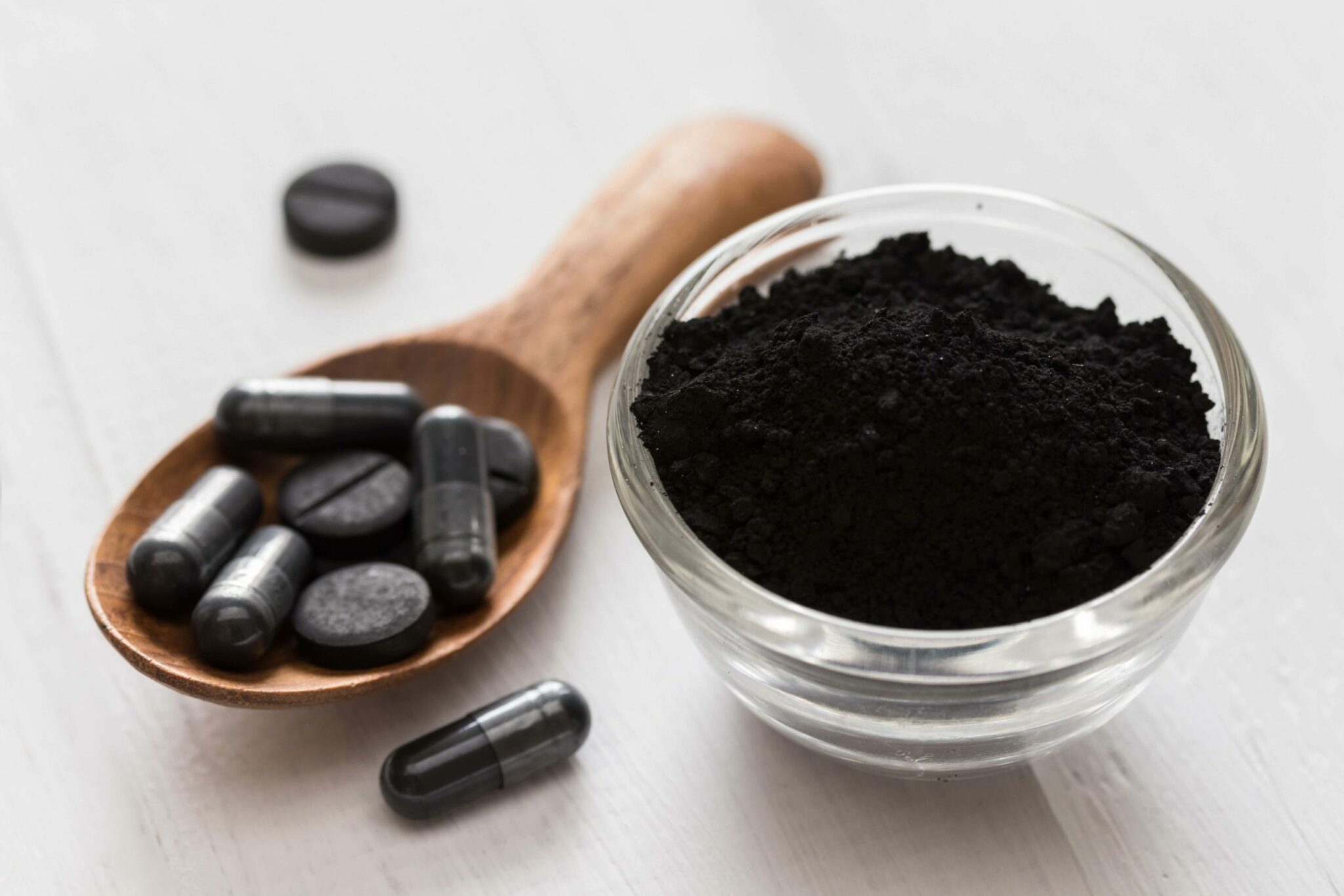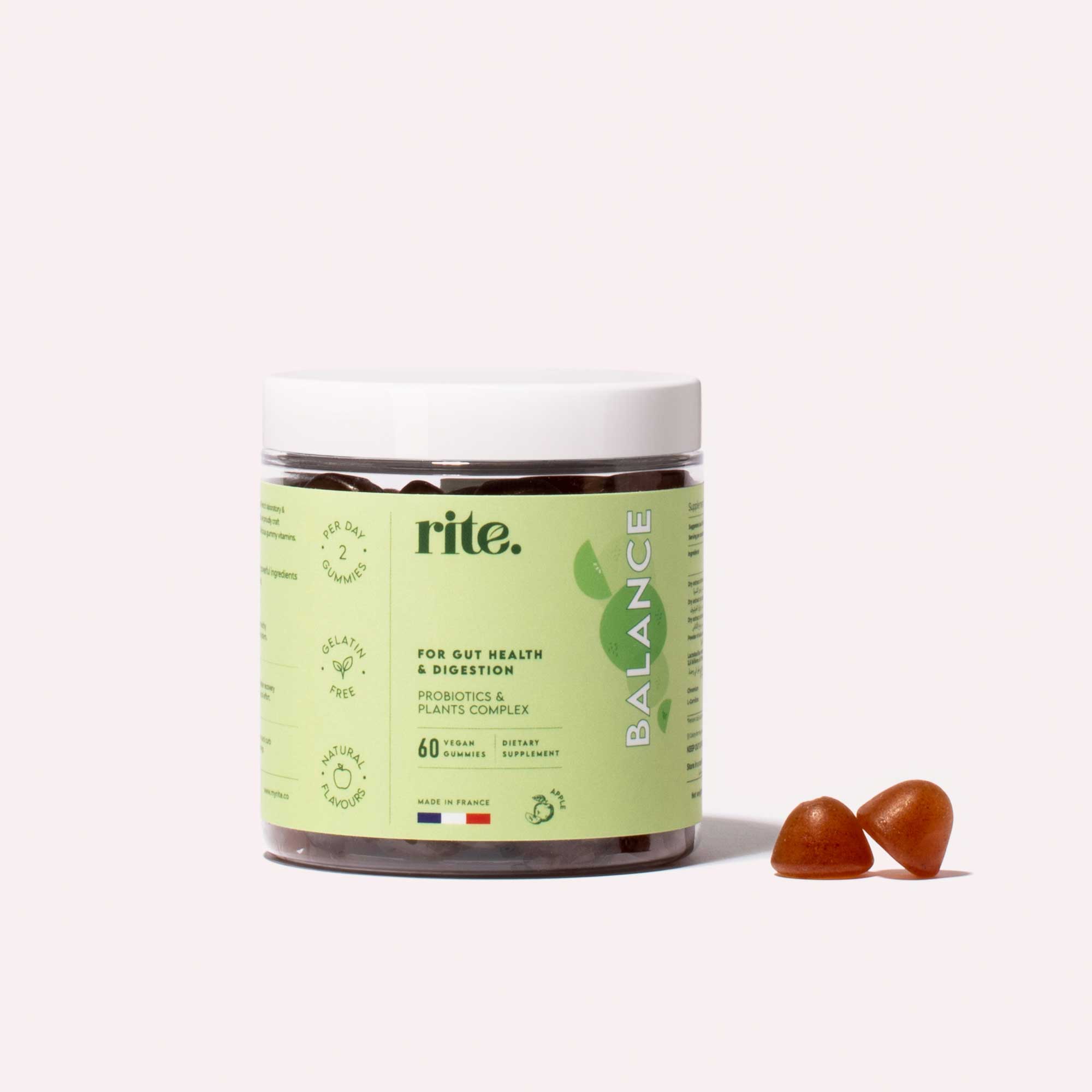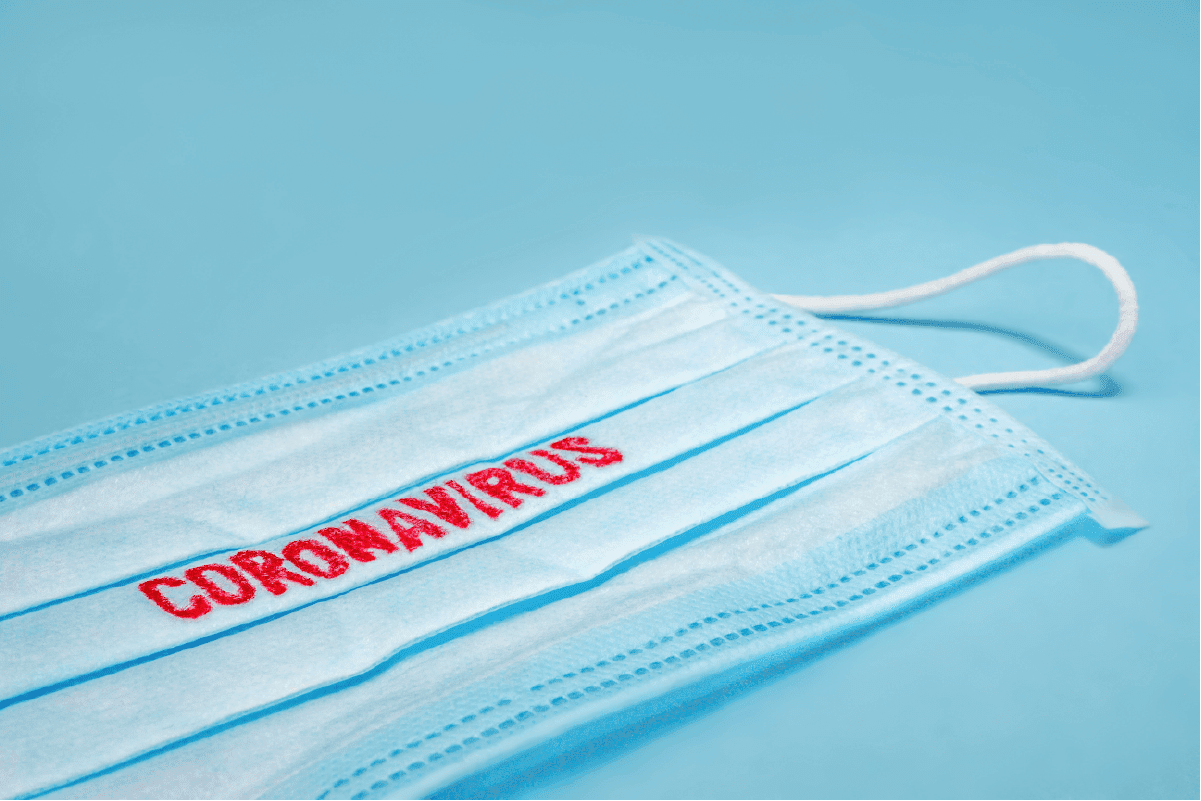Exploring the Proposed Health Benefits of Activated Charcoal


Activated charcoal is a fine black powder made from naturally occurring carbon-based materials such as coconut shells, peat, wood and coal. To activate it, the charcoal is heated to high temperatures and then injected with steam, maximising the surface area and making it more porous. The porous nature of activated charcoal helps to trap toxins and chemicals found in the gut, preventing the body from absorbing them. Activated charcoal is not absorbed, so both it and any trapped toxins are eliminated from the body in the faeces.
These toxin removal properties led to activated charcoal becoming the most frequently employed gastrointestinal decontaminant. Thus, its most well established use is as a poison antidote and a remedy for drug overdose. Unfortunately, the window of effectiveness is narrow, requiring ingestion as soon as possible after poisoning or overdose, ideally within 30 minutes.
Activated charcoal has been in use for over 150 years, however in recent years it has grown in popularity; a staple in celebrity-endorsed weight loss plans and detoxification programmes. So, is there merit in its use? Can it help with weight loss and other health issues, or is it just the latest fad?
What Does Activated Charcoal do?
The claims:
- Promotes kidney function.
- Decreases cholesterol levels.
- Reduces intestinal gases.
- Whitens teeth.
- Resolves a hangover.
Activated charcoal has been shown to benefit some patients with chronic kidney disease. It helps to reduce the number of waste products (toxins derved from urea) that would otherwise need to be filtered by the kidneys.
Unfortunately most of the work in relation to the effects of activated charcoal on cholesterol levels are from the 1980s. These studies suggest that taking 24g activated charcoal for 4 weeks can lower the levels of ‘bad’ LDL cholesterol by up to 40%, and increase the levels of ‘good’ HDL cholesterol by 8%. Another study found that the ratio of HDL/LDL cholesterol was increased from 0.13 to 0.23 over a 3 week period. However, the number of participants was small and further validation of this data is lacking.
The European Food Safety Authority (EFSA) reports that taking at least 1g activated charcoal 30 minutes before a meal and again after eating, “contributes to the reduction of excessive intestinal gas accumulation”. They failed to find definitive evidence that it reduced bloating.
The evidence in favour of using activated charcoal as a tooth whitening product is predominantly anecdotal, with those in favour claiming that it retains and absorbs particles that would otherwise stain the teeth. 96% of commercially available toothpastes that contain activated charcoal claim to whiten teeth, however, the scientific evidence is limited. One study did find that continual use of such a toothpaste resulted in effective whitening, however, other whitening ingredients performed better.
Whilst activated charcoal works well to counteract some poisons and drugs, including paracetamol, it has little effect following alcohol poisoning. Consequently, there is no evidence that it can alleviate the discomfort caused by excessive alcohol consumption and it makes a poor hangover cure.
The take home message
Medically, activated charcoal has experienced declining use in recent years, although it can still work well if implemented swiftly after an overdose of certain medications. It has few severe side effects, but can cause constipation and black stools. One major problem is that it can interfere with the absorption of certain medications, so if you are considering using it, but are on regular medication, you should consult a doctor first. Many of the suggested benefits of activated charcoal are not supported by scientific studies and, in instances where there is evidence, it is often weak and unsubstantiated.
There is no healthy weight loss benefit to taking activated charcoal and it can actually be detrimental if it hinders the absorption of other vitamins and minerals by the body. The water soluble vitamins C and B have been shown to bind to activated charcoal when it is combined with apple juice in a laboratory setting. If this also happens inside the human body, the health benefits of a diet rich in vitamin C and vitamin B could be lost.
Nabta is reshaping women’s healthcare. We support women with their personal health journeys, from everyday wellbeing to the uniquely female experiences of fertility, pregnancy, and menopause.
Get in touch if you have any questions about this article or any aspect of women’s health. We’re here for you.
Sources:
- Albertson, T E, et al. “Gastrointestinal Decontamination in the Acutely Poisoned Patient.” International Journal of Emergency Medicine, vol. 4, 2011, p. 65., doi:10.1186/1865-1380-4-65.
- Juurlink, D N. “Activated Charcoal for Acute Overdose: a Reappraisal.” British Journal of Clinical Pharmacology, vol. 81, no. 3, Mar. 2016, doi:10.1111/bcp.12793.
- Kadakal, Çetin, et al. “Effect Of Activated Charcoal On Water-Soluble Vitamin Content Of Apple Juice.” Journal of Food Quality, vol. 27, no. 2, 2004, pp. 171–180., doi:10.1111/j.1745-4557.2004.tb00647.x.
- Kuusisto, P, et al. “Effect of AC on Hypercholesterolaemia.” The Lancet, vol. 2, no. 8503, 16 Aug. 1986, pp. 366–367., doi:10.1016/s0140-6736(86)90054-1.
- Neuvonen, P J, et al. “Activated Charcoal in the Treatment of Hypercholesterolaemia: Dose-Response Relationships and Comparison with Cholestyramine.” European Journal of Clinical Pharmacology, vol. 37, no. 3, 1989, pp. 225–230.
- EFSA. “Scientific Opinion on the Substantiation of Health Claims Related to AC and Reduction of Excessive Intestinal Gas Accumulation (ID 1938) and Reduction of Bloating (ID 1938) Pursuant to Article 13(1) of Regulation (EC) No 1924/2006.” European Food Safety Journal, vol. 9, no. 4, 2011, p. 2049., efsa.onlinelibrary.wiley.com/doi/pdf/10.2903/j.efsa.2011.2049.
- Vaz, V T P, et al. “Whitening Toothpaste Containing AC, Blue Covarine, Hydrogen Peroxide or Microbeads: Which One Is the Most Effective?” Journal of Applied Oral Science, vol. 27, 14 Jan. 2019, p. e20180051., doi:10.1590/1678-7757-2018-0051.













































